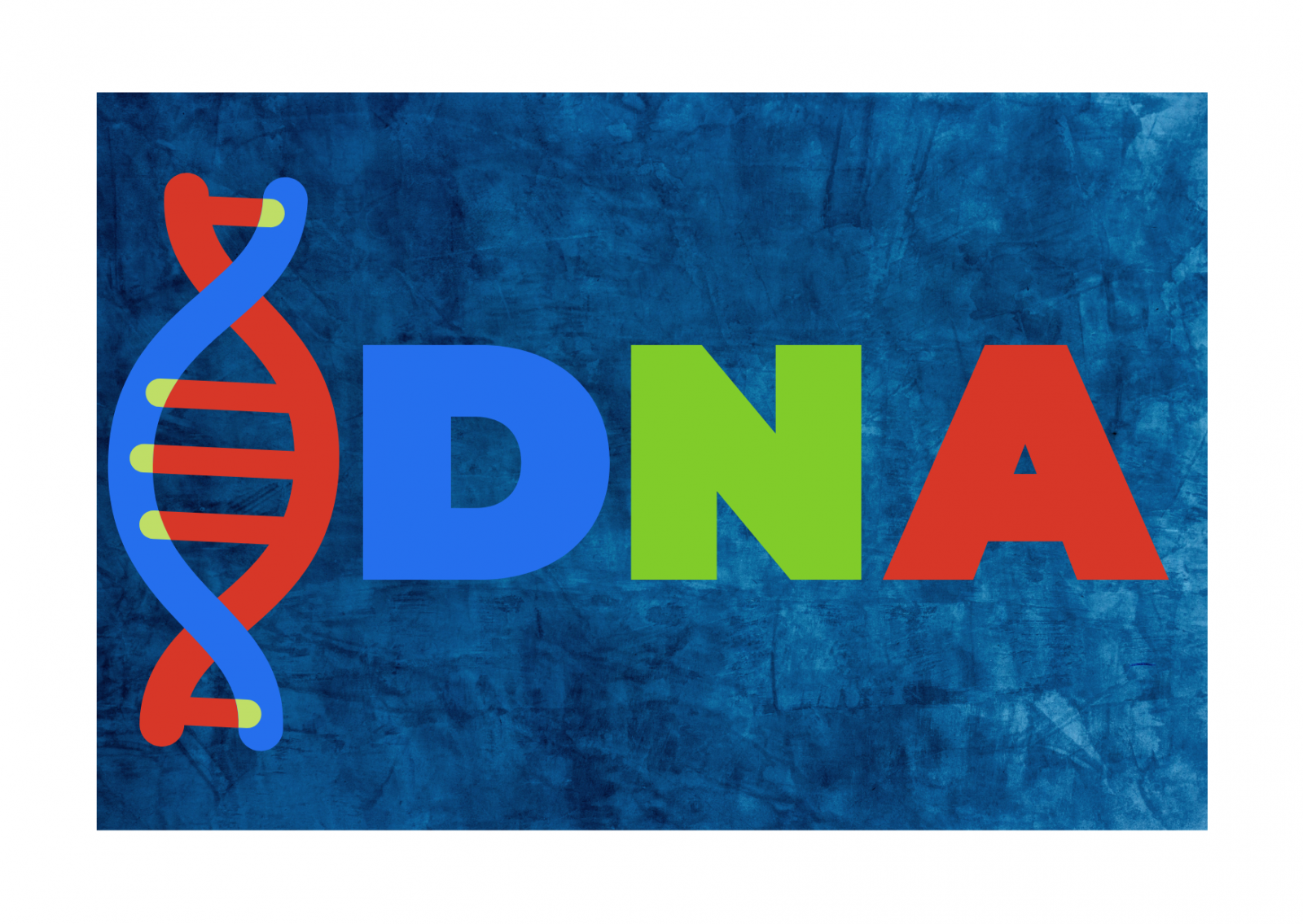DNA sequencing is the process of determining the order of nucleotides (the building blocks of DNA) A, T, G, and C in a strand of DNA.
- In humans, the sequence of the base pairs determines our genetic code, which dictates how we look and act. The human genome contains approximately 3.2 billion bases arranged in 23 chromosomes. Human chromosomes size ranges from approximately 50,000,000 to 300,000,000 base pairs. Each chromosome consists of two strands of DNA wound around protein cores called histones. These histones help package the DNA into structures called chromatin. Chromatin is organized into repeating units called genes. Genes are responsible for producing proteins that carry out many cellular processes.
- In addition to the genes, each gene contains instructions for making RNA molecules. These RNAs serve as messengers, carrying information about what proteins to make. When a cell receives a signal to make a certain protein, the RNA directs the cell to build the protein.
Now complete human genome can be sequenced within hours at a much cheaper cost
- To determine the sequence of the bases in a strand of DNA, scientists use a technique called polymerase chain reaction (PCR). PCR amplifies small amounts of DNA to produce enough material for analysis.
- A typical experiment begins with extracting DNA from cells. Scientists then separate the DNA into its components using electrophoresis. Electrophoresis separates the different types of molecules based on their size and charge.
- Next, scientists create a library of DNA fragments. A library is a collection of DNA samples. To do this, they cut the DNA into pieces and add them to a solution containing enzymes that copy the DNA. The enzymes replicate the DNA and leave behind copies of themselves.
- Scientists then amplify the DNA fragments by adding primers to the ends of the DNA. Primers are short sequences of DNA that direct the copying process. After amplification, the DNA fragments are ready for sequencing.
- Sequencing involves attaching fluorescent labels to the DNA fragments. The labels indicate where the DNA fragment was copied. Then, scientists use special equipment to read the labels.
- After reading the labels, scientists compare the results to the original DNA sample. If the results match the original DNA, scientists know that the DNA is correct. If not, they repeat the steps until they find the correct sequence.
Learn More:
Top Bioinformatics Books ↗
Learn more to get deeper insights into the field of bioinformatics.
Top Free Online Bioinformatics Courses ↗
Freely available courses to learn each and every aspect of bioinformatics.
Latest Bioinformatics Breakthroughs ↗
Stay updated with the latest discoveries in the field of bioinformatics.
Dr. Tamanna Anwar is a Scientist and Co-founder of the Centre of Bioinformatics Research and Technology (CBIRT). She is a passionate bioinformatics scientist and a visionary entrepreneur. Dr. Tamanna has worked as a Young Scientist at Jawaharlal Nehru University, New Delhi. She has also worked as a Postdoctoral Fellow at the University of Saskatchewan, Canada. She has several scientific research publications in high-impact research journals. Her latest endeavor is the development of a platform that acts as a one-stop solution for all bioinformatics related information as well as developing a bioinformatics news portal to report cutting-edge bioinformatics breakthroughs.






